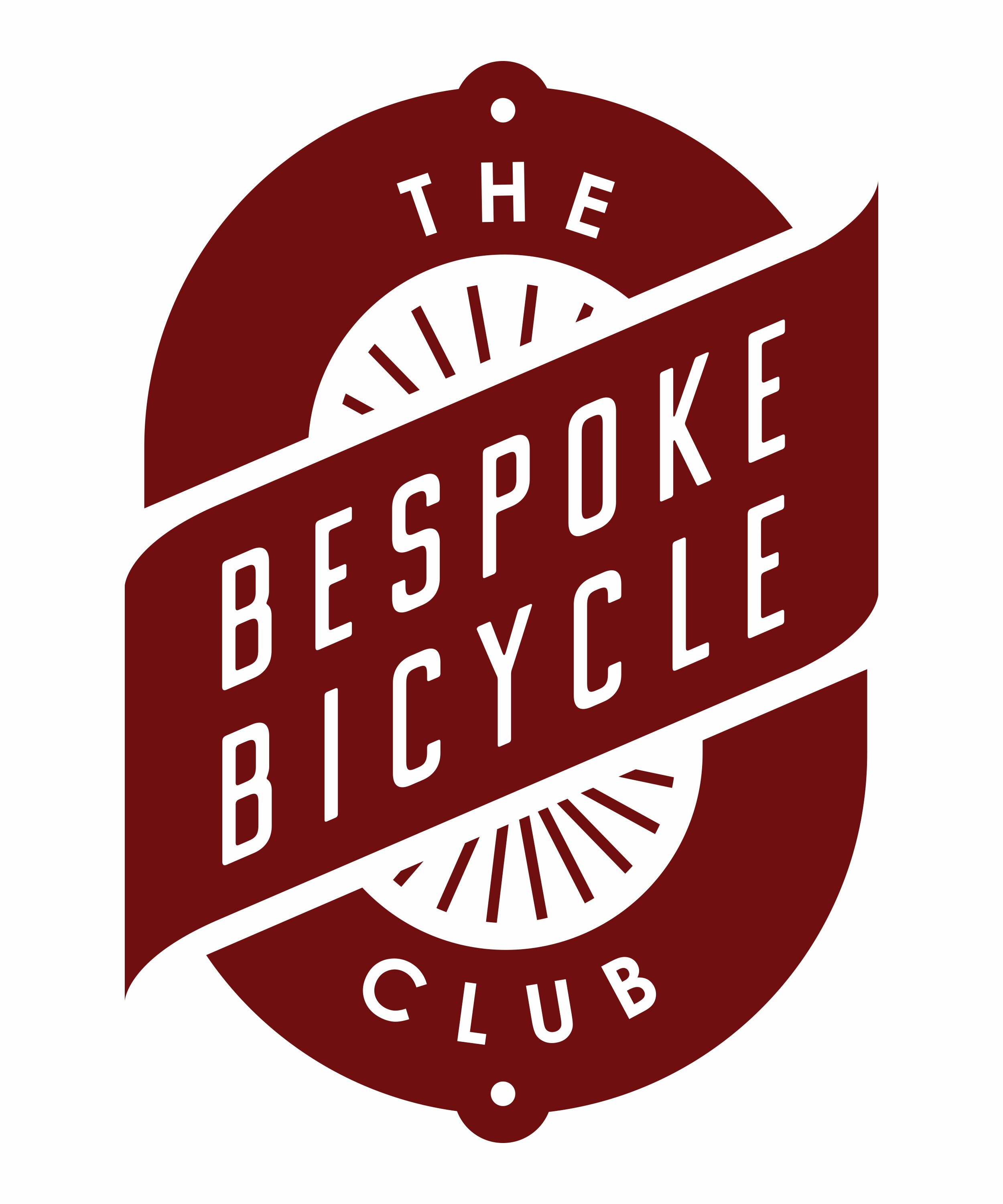
Your most useful tool
I started working on my latest project this week – the Viking. This is really to see how I get on building a bike from scratch, rather than a refurb. I picked up a brand new frame (a fixed steel frame with track fork ends, the model is Viking FX, but not the old British or new Nordic manufacturer), which I think had been used as a display item.
I learned my first two lessons pretty quickly…
Firstly, bottom bracket shells often need ‘chasing’ if they haven’t had a BB in before. This means a tool has to be sent through to clean up the threads which might have metallic crap stuck in them from the casting process. If you’ve got the right BB for your frame – there are a bunch of different type threads to be aware of – but you still can’t screw the BB in, then this is likely your problem. I had to take the frame down to my local bike shop to get this done as I don’t have the tools or the skill. Saying that, a tap and die set comes pretty cheap online, so it might be something I have a go at in the future.
Secondly, although the frame I bought didn’t come with forks, it did have headset cups already installed. I had a headset and forks but discovered that not all headset cups are the same. The cups that were installed meant that the forks didn’t sit right in the headtube, so I would have to remove the bottom cup at least.
It’s at this point I discovered one of the most useful tools I have ever owned – the rubber mallet. Teamed with a long, large flathead screwdriver I was able to pop the bottom cup out with a single tap. I just put the screwdriver inside the headtube, against the lip of the cup, and gave it a firm tap with the mallet. Bingo! Putting the replacement cup in was somewhat harder but not difficult, even for an amateur mechanic.
The homemade headset press
This is where I got to use another new toy – the home made headset press. Bike shops use a dedicated bit of kit to press the headset cups into the headtube. Mine is made from a length of thick threaded rod, two steel washers, two nylon washers, and two locknuts. I think to improve upon the design I would add another set of steel washers. The first set of steel washers sit nicely inside the cups to hold the whole rig still, otherwise it slips about, then the nylon washers sit on the outside of these and press the cups in. I’d then add another set of steel ones on the outside of the nylon washers, as these guys curve in and look ready to break when you’re cranking the press up the final few notches. It’s best to do one cup at a time with this method so you can make sure they go in straight.
With a threadless headset you have a star nut embedded in the steering tube, which a bike shop will install with a punch and a mallet. As with many of my methods, this probably counts as abuse of tools and bike parts, but there you go. I put the ahead stem on the steering tube and tightened it so it just sat a little higher than the top of the tube. Then I slipped the headset bolt through the headset cap and screwed it into the star nut, leaving just the head of the bolt sitting above the cap when it was placed into the top of the steering tube. Then I smacked it with the rubbed mallet. This knocks the star nut into the tube just a small amount, so then I unscrewed the bolt until the head of it poked above the cap again and repeated the process until it was in far enough. I suppose you can probably strip the star nut threads this way, but I completed the process with about three taps which didn’t put excess stress on the threads. It all seems to be ok anyhow, and the reason I did it in such small increments is because these star nuts don’t come out, which poses a problem if they’ve gone in wonky. You’d have to punch them all the way out the bottom of the tube, or at least so far you could fit another star nut in.
If I can install a headset myself, then I’m pretty sure anyone can. Pics of the Viking to go up soon, I’d pretty much completed it then decided to change the handlebars for drops as I didn’t like the ones I put on originally.







2 Comments
I have a Viking FX single speed, but the original bottom bracket is worn out.
Do you know what size bottom bracket they take?
I think its either a 68mm x 113 or a 73mm x 117?
Many thanks!
Hi John.
Yep 68mm English thread is correct. I would usually go for a 110mm width when running fixed or single speed but 113mm may suit you depending on your cranks and rear hub.
Thanks
james